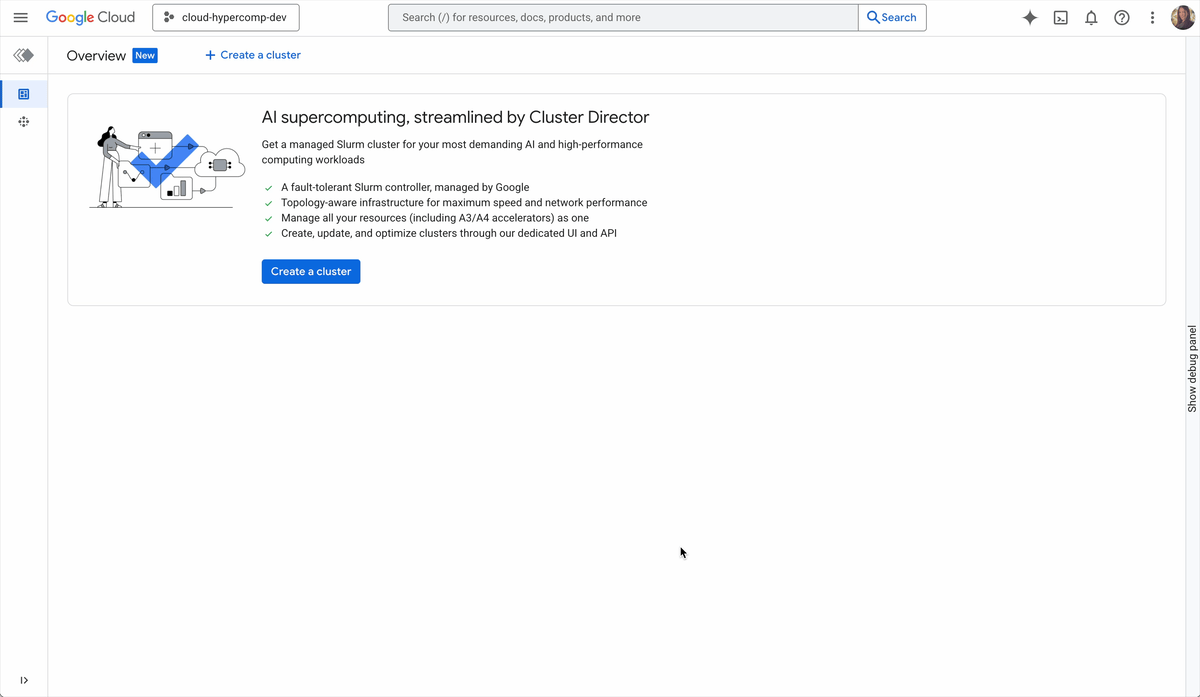GCP – Your First AI Application is Easier Than You Think
If you’re a developer, you’ve seen generative AI everywhere. It can feel like a complex world of models and advanced concepts. It can be difficult to know where to actually start.
The good news is that building your first AI-powered application is more accessible than you might imagine. You don’t need to be an AI expert to get started. This post introduces a new codelab designed to bridge this gap and provide you with a first step. We’ll guide you through the entire process of building a functional, interactive travel chatbot using Google’s Gemini model.
Dive into the codelab and build your first AI application today!
Setting the Stage: Your First Project
In this codelab, you’ll step into the role of a developer at a travel company tasked with building a new chat application. You’ll start with a basic web application frontend and, step-by-step, you will bring it to life by connecting it to the power of generative AI.
By the end, you will have built a travel assistant that can:
-
Answer questions about travel destinations.
-
Provide personalized recommendations.
-
Fetch real-time data, like the weather, to give genuinely helpful advice.
The process is broken down into a few key stages.
Making the First Connection
Before you can do anything fancy, you need to get your application talking to the AI model. An easy way to do this is with the Vertex AI SDK, a complete library for interacting with the Vertex AI platform.

While the Vertex AI SDK is a powerful tool for the full machine learning lifecycle, this lab focuses on one of its most-used tools: building generative AI applications. This part of the Vertex AI SDK acts as the bridge between your application and the Gemini model. Without it, you would have to manually handle all the complex wiring yourself—writing code to manage authentication, formatting intricate API requests, and parsing the responses. The Vertex AI SDK handles all that complexity for you so you can focus on what you actually want to do: send a message and get a response.
In this codelab, you’ll see just how simple it is.
Giving your AI purpose with system instructions
Once your app is connected, you’ll notice the AI’s responses won’t be tailored to your purposes yet. One way you can make it more useful for your specific use case is by giving it system instructions.
Hot Tip: Use Google AI Studio to Create Your System Instructions
A great way to develop your system instructions is to leverage Gemini as a creative partner to draft them for you. For example, you could ask Gemini in Google AI Studio to generate a thorough set of instructions for a “sophisticated and friendly travel assistant.”
Once you have a draft, you can immediately test it, also in Google AI Studio. Start a new chat and in the panel to the right, set the Gemini model to the one you’re using in your app and paste the text into the system instruction field. This allows you to quickly interact with the model and see how it behaves with your instructions, all without writing any code. When you’re happy with the results, you can copy the final version directly into your application.

Connecting Your AI to the Real World
This is where you break the model out of its knowledge silo and connect it to live data. By default, an AI model‘s knowledge is limited to the data it was trained on; it doesn’t know today’s weather. However, you can provide Gemini with access to external knowledge using a powerful feature called function calling!

The concept is simple: you write a basic Python function (like one to check the weather) and then describe that tool to the model. Then, when a user asks about the weather, the model can ask your application to run your function and use the live result in its answer. This allows the model to answer questions far beyond its training data, making it a much more powerful and useful assistant with access to up-to-the-minute information.
In this lab, we used the Geocoding API and the Weather Forecast API to provide the app with the ability to factor in the weather when answering questions about travel.
Your Journey Starts Here
Building with AI isn’t about knowing everything at once. It’s about taking the first step, building something tangible, and learning key concepts along the way. This codelab was designed to be that first step. By the end, you won’t just have a working travel chatbot—you’ll have hands-on experience with the fundamental building blocks of a production-ready AI application. You’ll be surprised at what you can build.
Share your progress and connect with others on the journey using the hashtag #ProductionReadyAI. Happy learning!
Read More for the details.



